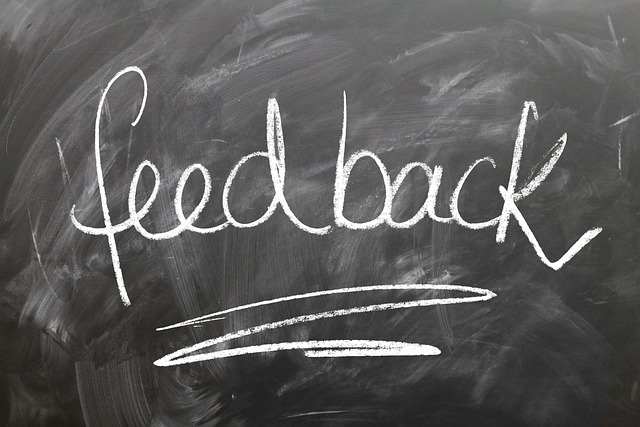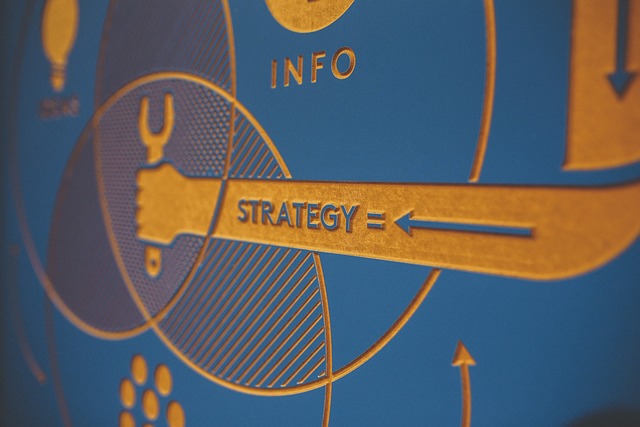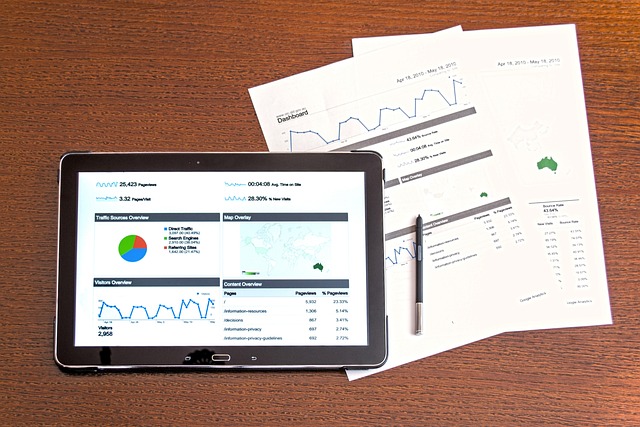In today’s fast-paced business environment, maintaining employee engagement and fostering a healthy workplace culture is essential for an organization’s success. AI for employee engagement and feedback systems is becoming increasingly important as it provides innovative solutions to boost workforce satisfaction, improve employee motivation, and enhance overall organizational performance. Leveraging AI-driven employee feedback tools can help companies gain real-time insights into employee sentiments and identify areas that need attention. In this blog, we will explore how to use AI for employee engagement, AI for employee retention strategies, and AI in workforce engagement, highlighting key AI-driven tools and techniques that can revolutionize the way companies manage employee experiences.
AI for Employee Satisfaction and Well-being
AI’s potential to enhance employee satisfaction and well-being is a game-changer for organizations aiming to retain top talent and cultivate a positive work culture. By implementing AI-driven solutions, companies can automate and streamline feedback processes, offering employees a platform to express their concerns and suggestions anonymously. This promotes transparency and trust while allowing HR teams to respond swiftly to any emerging issues.
Employee satisfaction surveys powered by AI can identify recurring trends in employee sentiments, pinpointing areas where improvements are needed. AI tools can analyze vast amounts of feedback data, offering actionable insights and suggesting targeted interventions. Moreover, AI can track employee well-being through sentiment analysis, gauging their emotional states, and detecting any signs of burnout or disengagement before they become major issues. This proactive approach helps HR teams create personalized well-being initiatives, ensuring a healthier and more motivated workforce.
AI-driven Employee Feedback Tools
AI-driven employee feedback tools are transforming the way organizations collect and analyze employee input. Traditional feedback methods, such as annual surveys, often fail to capture real-time sentiments and provide actionable insights. However, AI tools can continuously gather feedback from employees via chatbots, pulse surveys, and sentiment analysis tools, ensuring an ongoing dialogue between employees and leadership.
With AI-powered tools, HR professionals can gain insights into employee mood, engagement levels, and job satisfaction in real-time. Machine learning algorithms can process large amounts of feedback data, identifying patterns and trends that may go unnoticed by human analysts. These tools also allow employees to provide feedback at any time, creating a more dynamic and responsive feedback loop. By incorporating AI-driven tools into the feedback system, companies can improve employee engagement and respond to concerns quickly and effectively.
AI for Real-time Employee Feedback and Sentiment Analysis
One of the most powerful applications of AI in employee engagement is the ability to gather real-time feedback and conduct sentiment analysis. AI can analyze employee feedback instantly, categorizing it by sentiment—positive, negative, or neutral. This enables HR teams to gauge how employees are feeling at any given moment, offering a more accurate reflection of employee engagement.
Real-time sentiment analysis allows organizations to act on feedback immediately, addressing concerns before they escalate. Whether it’s a minor issue regarding work-life balance or a larger problem with company policies, AI can identify key areas for improvement and recommend solutions. By monitoring employee sentiment continuously, AI tools ensure that companies remain agile and responsive, adapting their strategies to maintain a positive and engaged workforce.
AI for Employee Retention Strategies
Employee retention is a key challenge for many organizations, and AI can play a crucial role in improving retention rates. By analyzing historical data, AI can identify patterns that lead to employee turnover, such as dissatisfaction with management or lack of career growth opportunities. AI algorithms can predict when employees are likely to leave, allowing HR teams to take proactive steps to retain valuable talent.
AI-driven predictive analytics can help organizations design personalized retention strategies for at-risk employees. For example, if an AI system identifies an employee who is disengaged or dissatisfied, HR can offer targeted interventions, such as career development opportunities or additional support to improve their job satisfaction. By using AI to anticipate employee needs and provide tailored solutions, organizations can significantly improve retention rates and reduce turnover costs.
Personalized Employee Feedback with AI
One of the most compelling benefits of using AI for employee engagement is the ability to deliver personalized feedback to employees. Traditional feedback systems often provide generic responses that may not resonate with every individual. AI, on the other hand, can analyze each employee’s unique preferences, working style, and past feedback to deliver tailored suggestions and recommendations.
AI can also help managers deliver more meaningful and constructive feedback. By analyzing performance metrics, employee behavior, and feedback, AI tools can provide data-driven insights that guide managers in offering personalized feedback to employees. This creates a more supportive and motivating environment, where employees feel valued and understood. Personalized feedback encourages employees to grow and develop, leading to higher engagement and improved job performance.
AI-driven Employee Recognition Systems
Recognizing and rewarding employees for their hard work and achievements is vital for maintaining high levels of engagement. AI-driven employee recognition systems are helping organizations automate the process of recognizing employees’ efforts in real-time. These systems can track employee performance, achievements, and milestones, automatically sending out recognition messages and rewards when employees reach specific goals.
AI can also help create more meaningful recognition programs by identifying which types of recognition resonate most with individual employees. Whether an employee prefers public recognition, private praise, or tangible rewards, AI can personalize the recognition experience, ensuring that it is motivating and appreciated. By leveraging AI to enhance employee recognition programs, organizations can foster a culture of appreciation and boost overall employee engagement.
Predictive Analytics for Employee Engagement and Retention
Predictive analytics powered by AI can help organizations anticipate changes in employee engagement and retention before they happen. By analyzing historical data, AI can identify trends and patterns that may indicate a decline in employee morale or an increased risk of turnover. For example, if AI identifies that employees are becoming disengaged after a particular event—such as a change in leadership or a company restructuring—HR teams can take proactive steps to address the issue and prevent further disengagement.
Predictive analytics can also help HR departments design more effective employee engagement strategies. By understanding which factors contribute to high engagement, such as opportunities for growth or work-life balance, AI can help organizations allocate resources where they are needed most. This data-driven approach ensures that HR teams can implement targeted interventions that improve engagement and retention rates.
AI in HR for Employee Feedback and Engagement
AI in HR is revolutionizing the way companies handle employee engagement and feedback. By integrating AI into HR systems, organizations can automate many tasks traditionally handled by HR professionals, such as scheduling feedback sessions, processing surveys, and analyzing performance data. AI tools can streamline the entire feedback process, ensuring that employees receive timely and relevant information about their performance and job satisfaction.
AI in HR also helps HR teams gain deeper insights into employee engagement by analyzing feedback data from various sources, such as surveys, social media, and internal communications. This allows HR professionals to develop a more comprehensive understanding of employee engagement and satisfaction, leading to more informed decision-making. By integrating AI into HR systems, organizations can enhance employee engagement and create a more productive and satisfied workforce.
AI for Workforce Communication and Employee Experience Enhancement
AI can also play a significant role in enhancing workforce communication, which is a critical factor in employee engagement. AI-driven chatbots and virtual assistants can provide employees with instant answers to questions, offer support, and facilitate communication between employees and management. These AI-powered tools ensure that employees’ concerns are addressed quickly, leading to higher satisfaction and a more positive employee experience.
Furthermore, AI can be used to personalize the overall employee experience. By analyzing employee preferences, work habits, and engagement patterns, AI can recommend personalized development programs, training opportunities, and even social events that align with employees’ interests. This personalized approach makes employees feel more connected to the company, leading to improved engagement and a more fulfilling work experience.
Conclusion
In conclusion, AI for employee engagement and feedback systems offers numerous benefits to organizations looking to improve employee satisfaction, retention, and overall productivity. From AI-driven employee feedback tools to personalized recognition systems, AI is transforming the way companies engage with their workforce. By leveraging AI, businesses can not only gather real-time insights into employee sentiments but also implement proactive strategies to retain top talent and foster a positive work environment. As AI continues to evolve, its potential to enhance employee engagement and feedback systems will only grow, creating even more opportunities for organizations to create healthier and more motivated workforces.






